Woodstock pays homage to 'renaissance man' more than 70 years after his death
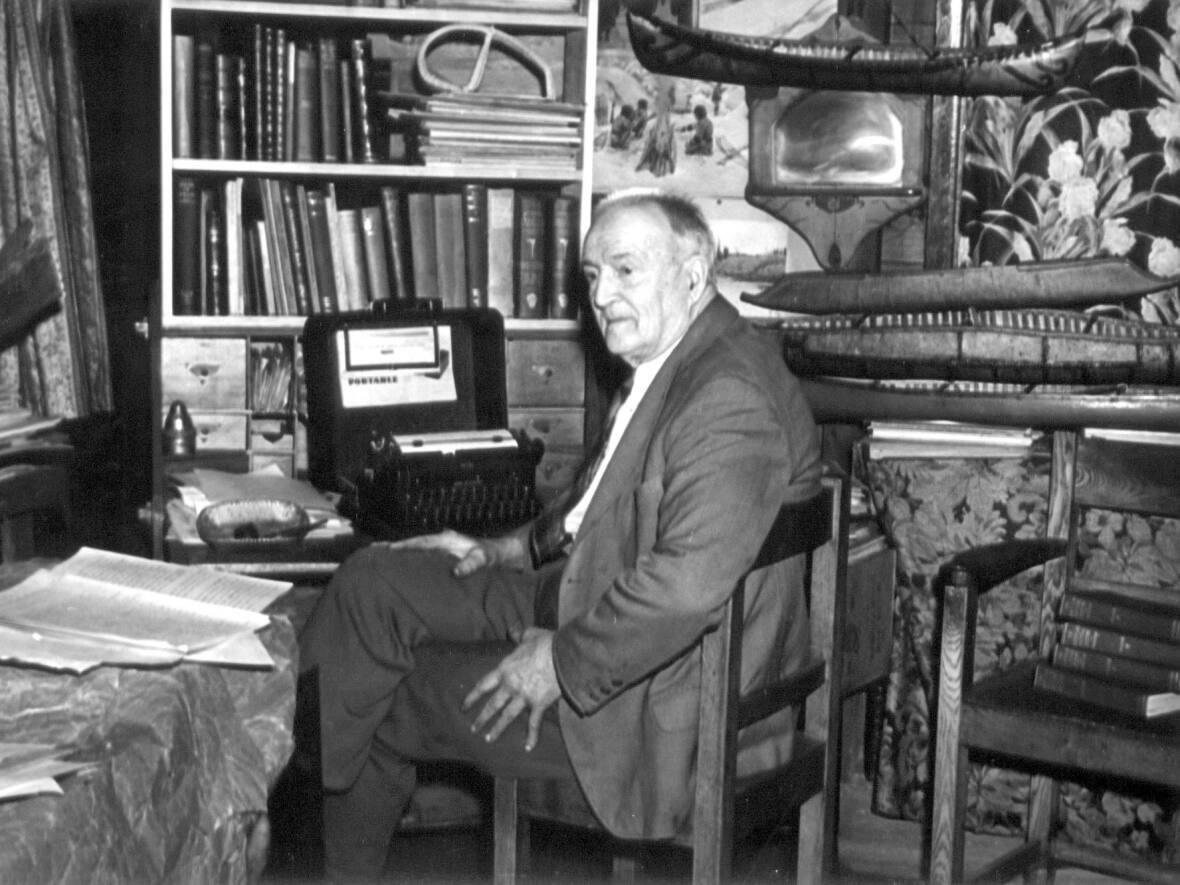
At first glance, the site of Tappan Adney's old cabin in the woods in Woodstock looks like a forgotten crime scene. There's a string of red tape surrounding a small patch of land, and the cabin itself is long gone.
But small hints of Adney's humble existence remain.
"These would've been the bricks from his fireplace. The lily of the valley plant has grown all the way through there. … That must've been the windows of his cabin," Daryl Hunter says, pointing at shards of broken glass on the ground.
Hunter is a historian and an enthusiast of all things Tappan Adney — the artist, writer, naturalist and one-time Woodstock character.
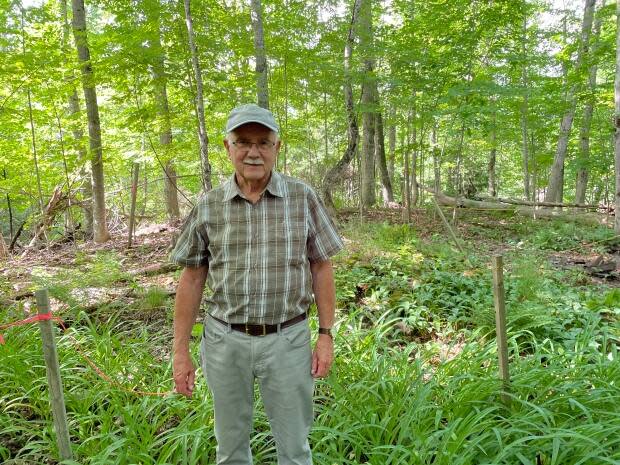
Hunter thinks more New Brunswickers should know about Adney, and it's why he's been working on walking trails and signage around the site of Adney's old cabin.
The trail is just one example of several recent projects around town, showing a renewed interest in Adney's memory and legacy in Woodstock more than 70 years after his death.
Tappan Adney fell in love with N.B.'s oldest town
Edwin Tappan Adney was born in Athens, Ohio, in 1868. His mother ran a boarding house in New York City, where Minnie Bell Sharp was staying.
Sharp was from Woodstock, and when she returned home, she invited Adney and his mother for a visit. Soon enough, Adney fell in love with Sharp, and Woodstock.
"Nothing had a more positive influence upon my life … no woods had ever impressed me as these woods did," Adney wrote of his fascination with the oldest town in New Brunswick.
One day, Adney came across a Wolastoqey man by the name of Peter Jo building a birchbark canoe near a small creek. That chance encounter changed the course of Adney's life.
Peter Jo agreed to mentor Adney in the art and craft of birchbark canoe-making, and Adney detailed and preserved this technique in writing. Adney's book, Bark Canoes and Skin Boats of North America, is considered today to be the bible of canoe construction.
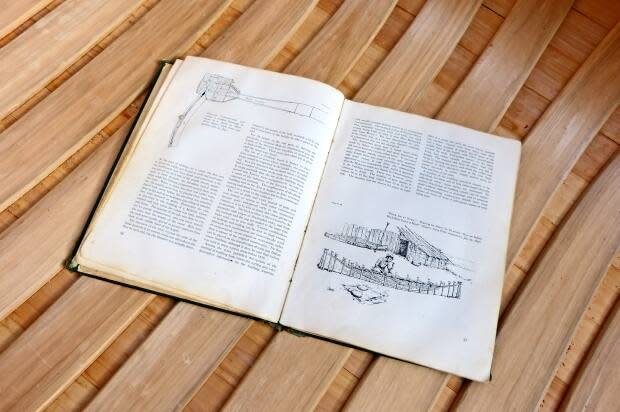
To better understand the technique, Adney and Wolastoqey canoe makers would often construct mini canoes — one-fifth scale models made of birchbark, cedar, spruce, and moose hide.
This month, the Connell House museum in downtown Woodstock acquired three of those model canoes, on loan from the New Brunswick Museum. They're part of a whole room dedicated to Tappan Adney.
"Things come and go, but there's always been an attachment with Tappan, in the Woodstock area anyway. I think right now seems to be a good time for a Tappan Adney revival, somehow," said Joanne Barrett, executive director of the Connell House.
Woodstock's "complete renaissance man"
The model canoes aren't the only Tappan Adney-related items at the Connell House. This month, a new exhibit by local artist Suzan Carsley opened at the museum.
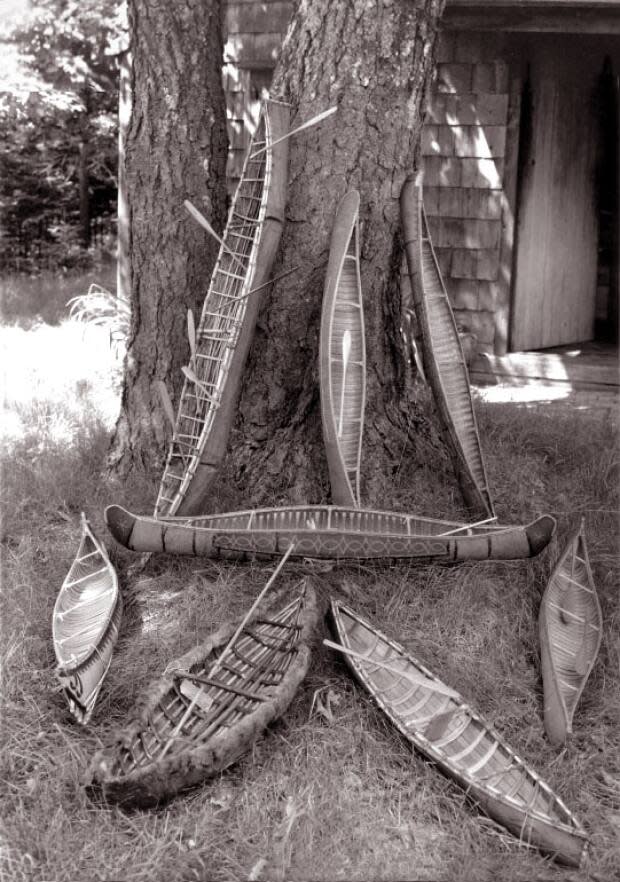
Carsley specializes in linocut prints and watercolours, and the prints are inspired by Adney's legacy and spirit.
It all started with a pandemic visit to a cottage in the fall of 2020. A friend of Carsley's invited her to a cabin outside of Woodstock, which happened to belong to Tappan Adney's granddaughter, Joan Adney Dragon.
Carsley says when she walked in "something just hit me. I felt this presence of Tappan Adney there."
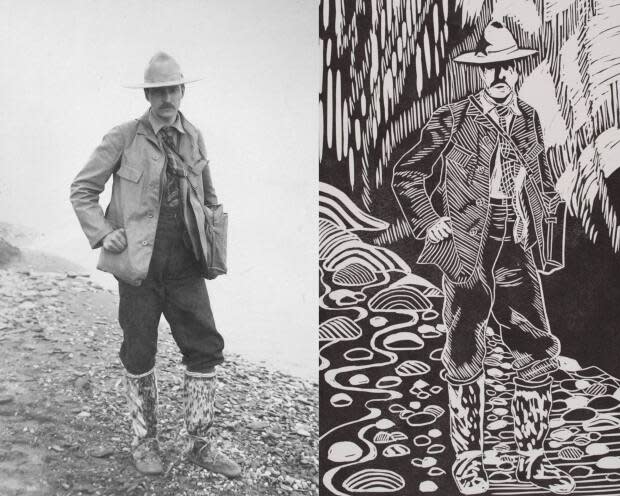
Carsley says Adney had never physically been to the cottage, but the place was a shrine to the man.
One wall was devoted to prints of his artwork, "stunning" photographs of him, old wicker baskets, and some of his original writings.
"I mean, the place just oozed this wonderful presence of history and such knowledge that this man had. Tappan Adney was, as my husband would say, Woodstock's complete renaissance man."
The prints are a mixture of Adney portraits, and scenes from inside his granddaughter's cottage.
'Friend of the Wolastoqiyik'
Adney wasn't always revered in Woodstock. Daryl Hunter says in the final years of his life, he was penniless, eating canned beans, talking to animals and walking around his property in the nude, which alarmed residents.
But Hunter said there was another reason Adney was disliked: he was defending Indigenous rights and culture at a time when hardly any other white settlers were.
"He would write letters to the editor about what he was finding in his treaty research, what Indigenous people had for rights, and he would get some nasty letters posted back in the paper about how wrong he was," Hunter said.
In his final years, Adney was a vocal opponent of federal government plans to force Indigenous communities across New Brunswick and Nova Scotia to leave their homes and relocate to a "centralized" location in Kingsclear, a plan that ultimately failed.
He also compiled more than 10,000 typewritten pages in the Wolastoqey language, with the help of Wolastoqey speaker Peter Paul.
Today, Peter's son Darrell Paul of Woodstock First Nation has worked to promote Adney's legacy. In 2012, he built a birchbark canoe using Adney's book, "the first canoe built in this area since Peter Jo's [canoe]."
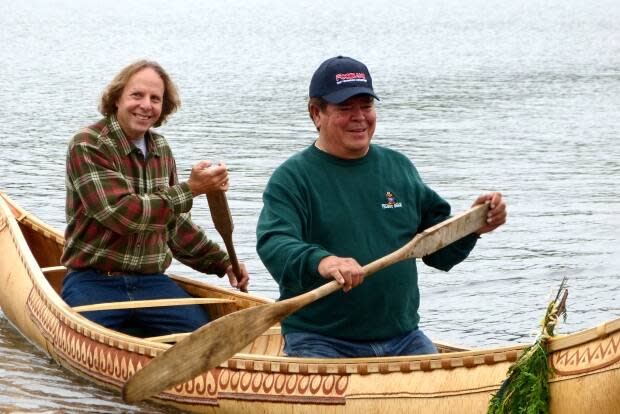
Paul says he thinks the technique of birchbark canoe-building would be lost if Adney hadn't put it in writing.
"The knowledge is not there. Tappan Adney did preserve that. He wrote down, in detail, how it would be done. That's the first and only source that I know of, of how a birchbark canoe would be built," Paul said.
In 2013, Darrell Paul and other community members at Woodstock First Nation noticed that Adney's grave was in poor condition. It was a small flat gravestone overgrown with weeds.
"To me, that was pretty pathetic. So we felt that there should be something more respectful for the man, to honour him and recognize his interest for the St. John River Maliseets," Paul said.
Woodstock First Nation raised money to place a more impressive, black granite headstone in its place.
It features the illustration of a canoe, and an inscription in the Wolastoqey language that reads: "Wolastoqiyik widub-ah-wal," or "Friend of the Wolastoqiyik."
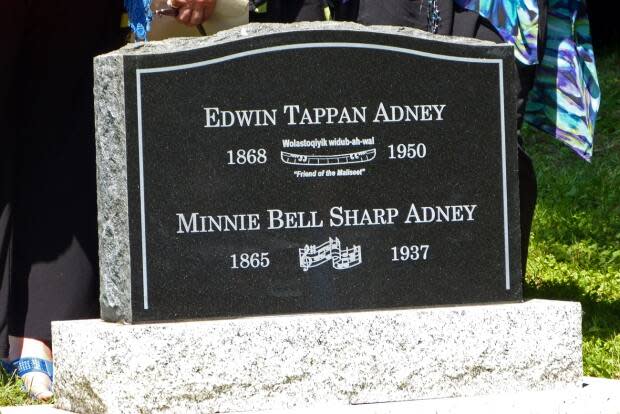
What would Tappan Adney make of all this attention today?
"He probably wouldn't want anything to do with it," Barrett said. "He was very individual. He had his own interests, and he was dogged about it.
"And that's probably why he achieved as much as he did. Because he didn't let anything distract him."


